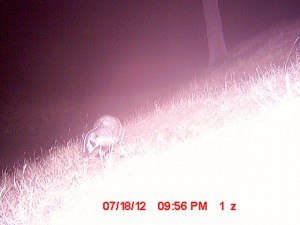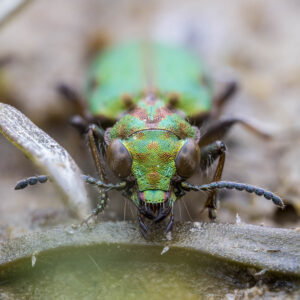Head out to Mount Diablo and if you’re lucky you may, just may, see a badger these days.
The top-tier predators have been showing up in greater numbers in recent years, a sign that the health of the grassland ecosystem is improving, say conservationists.
“We see roadkill and occasionally we see burrows. And lately we have seen a live sighting,” said Seth Adams, the lands program manager for Save Mount Diablo. “That’s pretty exciting because a big predator is coming back.”
The first badger noticed was roadkill on Ygnacio Valley Road in 2007. In July, a badger was caught on a camera trap at night on private land north of Round Valley Regional Park, setting off a flurry of excitement. Adams estimates that as many as 10 pairs could inhabit the Mount Diablo area at full capacity, but he doubts based on the number of sightings reported that they’ve reached that high a population yet.
Badgers are a keystone species, meaning they are an indicator of the overall health of the ecosystem. Since their disappearance in the 1970s, thousands of acres of land in the area has been bought from private landowners and is now under management by public agencies interested in preserving wildlife.
But the single biggest factor is probably the spike in the ground squirrel population, said Malcolm Sproul, president of Save Mount Diablo. Much of the open space now has restrictions on the use of rodenticides, which previously killed back the ground squirrel population.

“Ground squirrels are the foundation for so many of our predators, not only as a food source, but for badgers, they come in and enlarge ground squirrel burrows,” Sproul said.
This member of the weasel family is also instrumental in creating habitat for other species by abandoning burrows to foxes, skunks and other wildlife. So badgers have their own value to add to the ecosystem.
“We don’t know what all the ramifications will be,” said Adams, “But it’s encouraging because what it means is that a fragmented biodiversity is being restored to a greater level of intricacy and diversity and that’s a good thing.”
Badgers are hard to spot, mainly because they inhabit such large territories. So don’t be disappointed if one doesn’t pop out of a burrow to greet you. Count your lucky stars, if it does.





